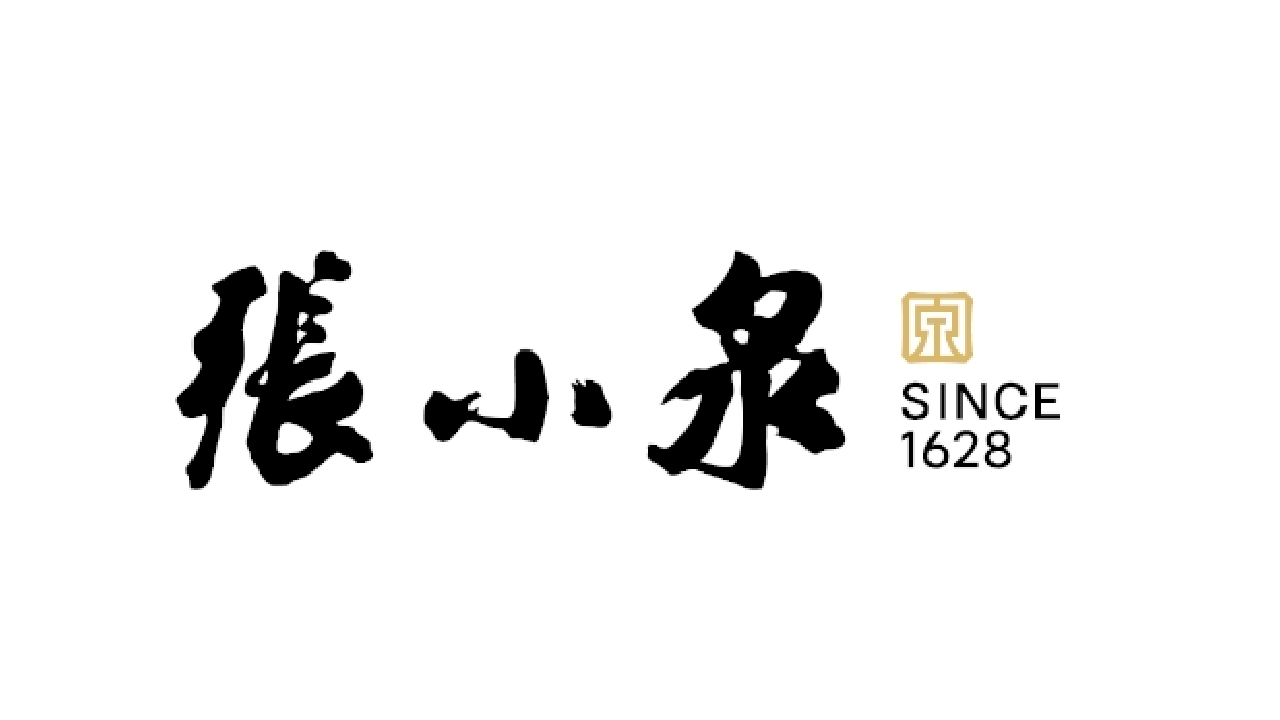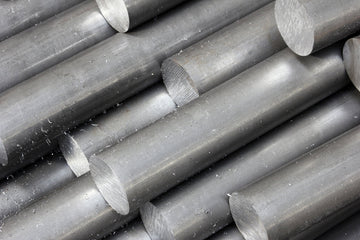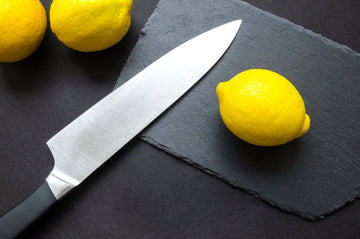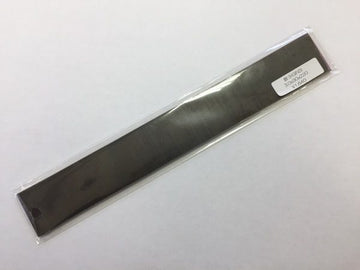In the world of kitchen cutlery, 9Cr18MoV (95Cr18MoV) stands as one of China's most respected stainless steel alloys. This martensitic stainless steel has earned its reputation in mid-to-high-end kitchen knives by balancing sharpness, durability, and affordability. Let's explore what makes this steel special and why it's become so popular for quality kitchen knives.

what 9Cr18MoV steel is made of
Understanding 9Cr18MoV begins with its composition, which gives it its distinctive properties:
- Carbon: 0.85-0.95% – Provides hardness and edge retention
- Chromium: 17-19% – Offers excellent corrosion resistance
- Molybdenum: 1.00-1.30% – Enhances strength and rust prevention
- Vanadium: 0.07-0.12% – Improves grain structure and toughness
Additional elements include silicon and manganese (≤0.80% each) which help with deoxidation and strength. Some variants may contain small amounts of nickel (≤0.60%) for added corrosion resistance at higher temperatures.
The "9" in 9Cr18MoV refers to approximately 0.9% carbon content, though specific batches may vary between 0.85-0.95%. The designation 90Cr18MoV or 95Cr18MoV sometimes appears in marketing to indicate variants with different carbon percentages within this range.
9Cr18MoV Hardness, Toughness and Rust Resistance in the kitchen Knife
hardness and edge retention
After proper heat treatment, 9Cr18MoV typically achieves a hardness of 58-60 HRC on the Rockwell scale. This impressive hardness allows knives to maintain a sharp edge through hundreds of cutting cycles. In practical terms, a well-made 9Cr18MoV chef's knife can handle 400-500 slicing actions before requiring resharpening.
The steel responds well to 15-20° edge angles, finding the sweet spot between sharpness and durability. With proper maintenance, a kitchen knife made from this steel can maintain its performance through 6-8 weeks of daily home use.

corrosion resistance
Thanks to its high chromium content, 9Cr18MoV offers excellent stain resistance. The chromium forms a passive layer that protects against oxidation, allowing the steel to resist 3% saline solutions for 72+ hours without pitting. This makes it particularly suitable for kitchen environments where exposure to acidic foods and moisture is common.

However, like all steels, it's not completely immune to corrosion. Proper care extends its longevity significantly.
toughness and durability
With an impact resistance of 18-22 J/cm², 9Cr18MoV strikes a good balance between hardness and toughness. It's sufficiently durable for most kitchen tasks, including Meat and vegetables. This toughness, combined with its edge retention, makes it versatile enough for a wide range of kitchen knives.

how 9Cr18MoV made strong
The performance of 9Cr18MoV greatly depends on proper heat treatment:

1. Austenitization: Heating to 1,050-1,075°C dissolves carbides into the austenite matrix

2. Quenching: Oil cooling at controlled rates forms the desired martensite structure

3. Tempering: Double tempering at 150-200°C relieves internal stresses while maintaining hardness
This careful process creates a microstructure with fine chromium and molybdenum carbides (0.3-0.7 μm) distributed throughout a tempered martensite matrix. These microscopic carbides are key to the steel's edge retention capabilities.
9Cr18MoV applications in kitchen knives
versatile performance
9Cr18MoV excels in various kitchen knife types:
- Chef's knives and utility knives: The balanced properties make it ideal for all-purpose kitchen knives
- Sushi and sashimi knives: Can take a fine edge (10-15° per side) for precision cutting
- Paring knives: Offers good control with adequate corrosion resistance for fruit acids
Among the most renowned brands using this steel is Zhang Xiaoquan. This iconic Chinese manufacturer, with over 390 years of history, showcases traditional craftsmanship that perfectly complements modern metallurgy. When shopping for a 9Cr18MoV Meat Cleaver, look for designs with a thicker blade (around 3.5mm) that overcome the steel's relative brittleness while maintaining its excellent edge retention. After proper heat treatment, these premium cleavers can achieve an impressive 60-61 HRC hardness, making them ideal for serious home cooks and professional chefs.
9Cr18MoV compared to other steels
When evaluating 9Cr18MoV against other kitchen knife steels:
- vs. 5Cr15MoV(50Cr15MoV): 9Cr18MoV offers approximately 35-40% better edge retention due to higher carbon content, though it costs 30-40% more
- vs. 10Cr15CoMoV: The cobalt-containing premium steel provides better tempering stability, but at a significantly higher price point
- vs. Japanese AUS-8: 9Cr18MoV has slightly better edge retention but comparable corrosion resistance
- vs. VG-10: The Japanese premium steel achieves higher hardness (60-63 HRC) and about 25-30% better edge retention, but costs 40-50% more and requires more skill to maintain
This positioning makes 9Cr18MoV an excellent value proposition – offering performance approaching premium steels at a more accessible price point.
9Cr18MoV kitchen knife care and maintenance
sharpening recommendations
9Cr18MoV responds well to various sharpening methods:
- Whetstones: Works well with 1,000-3,000 grit stones
- A 17° micro-bevel improves edge stability for daily use
- Regular honing with a ceramic rod maintains performance between sharpenings
corrosion prevention
Despite good corrosion resistance, proper care extends the knife's life:
- Wash and dry promptly after use, especially after cutting acidic foods
- Apply food-grade mineral oil every two weeks in humid climates
- Store in a dry place, preferably in a knife block or on a magnetic strip
conclusion
9Cr18MoV represents an excellent balance of performance and value in kitchen cutlery. Its combination of edge retention, corrosion resistance, and reasonable pricing has made it a favorite among knife manufacturers and discerning home cooks alike. While not as prestigious as some premium steels, it delivers reliable performance that satisfies the needs of most kitchen tasks, making it one of China's most successful contributions to the world of kitchen cutlery.
FAQs
What is 9Cr18MoV steel?
9Cr18MoV is a high-carbon stainless steel containing 0.85-0.95% carbon, 17-19% chromium, and small amounts of molybdenum and vanadium, offering good edge retention and corrosion resistance.
Is 9Cr18MoV a good knife steel?
Yes, it provides excellent value with good edge retention and corrosion resistance for kitchen knives.
What is AUS-10 steel?
AUS-10 is a Japanese high-carbon stainless steel similar to 9Cr18MoV with good hardness and edge retention.
Is 8Cr13MoV a good knife steel?
It's a decent budget-friendly steel with lower carbon content than 9Cr18MoV - easier to sharpen but doesn't hold an edge as long.
What is the best knife steel?
This depends on your needs - premium options include VG10 and SG2, while 9Cr18MoV offers excellent value.
What is VG10 steel?
VG10 is a premium Japanese steel with added cobalt and vanadium, offering excellent edge retention and hardness.
What knife edge angle is best?
For general kitchen use, 15-20° per side is optimal, balancing sharpness with edge stability.
What is Damascus steel?
Damascus steel features a distinctive wavy pattern created by folding different steel types together, often with a high-performance core steel.
What steel holds an edge longest?
Among common kitchen knife steels, ZDP-189, SG2, and HAP40 hold edges longest, though they're more difficult to sharpen.
Is German or Japanese steel better?
Japanese steel typically offers higher hardness and edge retention, while German steel provides more durability and corrosion resistance. The choice depends on your cutting style and maintenance preferences.






